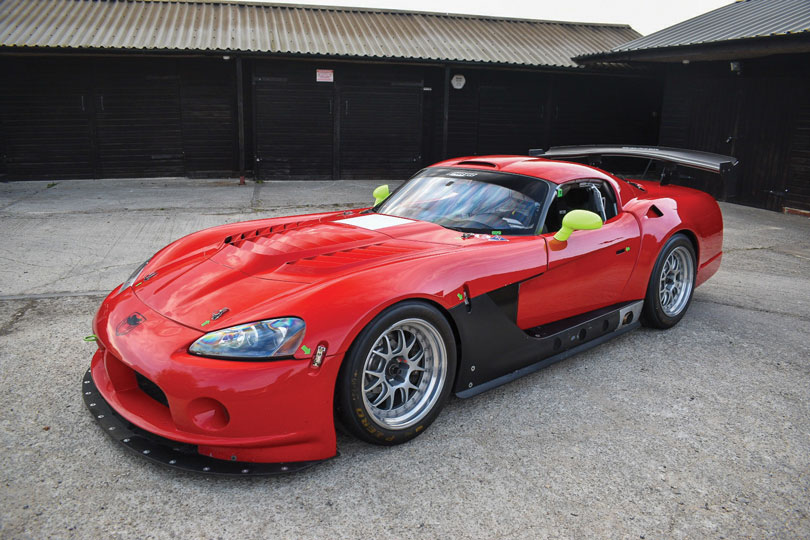- Originally built in 2008, this Viper GT3 was initially raced in the British GT by Aaron Scott and Craig Wilkins. It was subsequently repurposed for the 2011–14 Dutch Supercar series and appeared in the U.K. again in 2018 to contest the GT Cup in the hands of David Krayem and Speedtec Motorsport.
- Under the bonnet is a 650-horsepower, 8.4-liter V10 racing engine, which is as-new with 50 miles of shakedown use only, coupled to an EMCO sequential transmission with Geartronics paddle shift.
- Finished in bright red, this Oreca-built Viper is fitted with the full GT3 aero kit, including a prominent front diffuser, side skirts and the “kamm tail” rear end that is unique to the racing version. There is also a substantial rear wing.
- A significant spares package comes with the car, which includes — but is not limited to — dampers, brake pads and discs, bodywork, wheels and tires, radiator, coolers, steering rack, lights, differential and drive shafts.
No chassis number available

